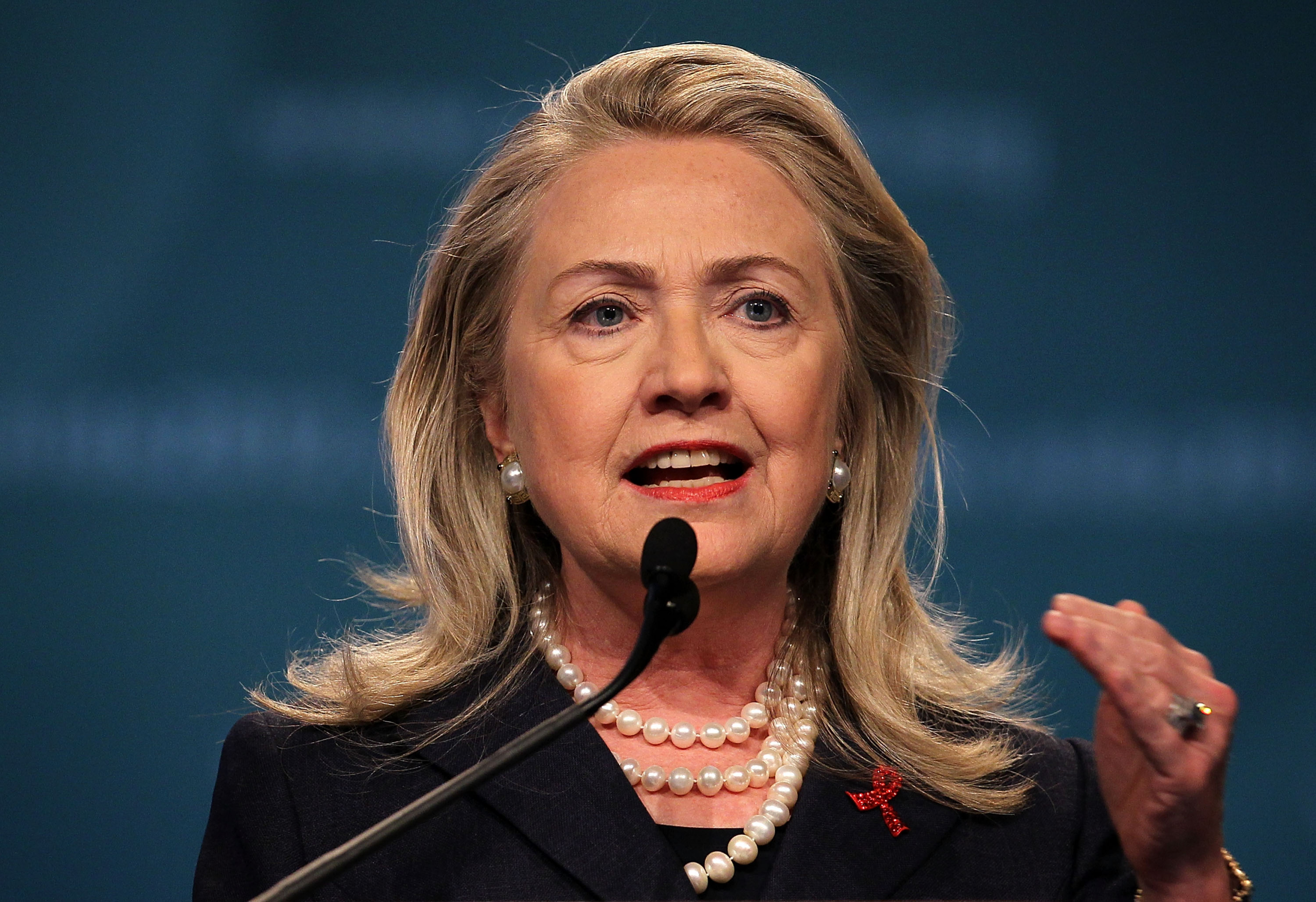Clinton Tax Plan Targets the Wealthy for Higher Taxes
At the same time that Republican presidential candidates are advocating reduced taxes for the richest taxpayers – including Ben Carson’s radical plan to impose a 14.9 percent flat tax as part of a complete overhaul of the tax code – Democratic front ...
Jan. 16, 2016

At the same time that Republican presidential candidates are advocating reduced taxes for the richest taxpayers – including Ben Carson’s radical plan to impose a 14.9 percent flat tax as part of a complete overhaul of the tax code – Democratic front-runner Hillary Clinton is taking a decidedly different approach. The former Secretary of State and senator from New York is aiming to increase taxes for the wealthy.
Clinton has been revealing parts of her overall tax plan piecemeal during the campaign. On January 12, she completed the final pieces of the puzzle. There are four cornerstones to the plan.
- The Fair Share Surcharge. Call it what you will, this amounts to a 4 percent surtax on taxable income, including wages and investment earnings, above $5 million. Note that this is a surtax and not a higher tax bracket. Nevertheless, many upper-income taxpayers already pay a 3.8 percent Medicare surtax on net investment income, so they might be facing a combined effective tax rate of 47.8 percent (39.6 percent + 3.8 percent + 4 percent) on certain income, closing in a watershed 50 percent mark.
- The Buffet rule: The Fair Share Surcharge is viewed as an expansion of the Buffett rule, which Clinton has previously supported. Under this rule, named for the investment mogul Warren Buffett who has previously proposed several variations on the theme, taxpayers earning more than $1 million would be required to pay tax at a rate of at least 30 percent. The Buffett rule is designed to discourage ultra-rich taxpayers from using legitimate tax techniques to reduce their tax bills to unfair levels. Buffett famously discovered that he was paying a lower effective tax rate than his secretary.
- Tightening tax loopholes: Along with the income tax add-ons for the richest taxpayers, Clinton intends to chip away at tax shelters. In particular, her plan zeroes in on the “Bermuda reinsurance loophole,” a complex scheme in which investors avoid U.S. taxes by funneling money through insurance companies set up in tax havens like Bermuda. Another target, called the “Romney loophole” by Clinton’s staff, enables wealthy taxpayers to stash millions of dollars in IRAs. During the 2012 presidential campaign, it was revealed that Mitt Romney had managed to accumulate more than $100 million in tax-favored retirement accounts.
- Higher estate taxes: Since the turn of the century, the estate tax exemption has increased in leaps and bounds from $650,000 to a permanent exemption of $5 million, indexed for inflation ($5.45 million for decedents dying in 2016). Meanwhile, the top estate tax rate declined from a highpoint of 55 percent to its current 40 percent rate. Clinton has proposed a “middle ground” with a $3.5 million exemption and a top estate tax rate of 45 percent (the figures in effect for decedents dying in 2009).
Clinton’s camp emphasizes that this four-part plan would only affect a sliver of the upper crust. For instance, they point out that only around 34,000 of the 147 million returns filed in 2013 showed an adjusted gross income of $5 million or more, according to IRS statistics, with 346,000 returns with an AGI of $1 million or more. Similarly, the Washington Post has reported that 98.5 percent of taxpayers had IRAs valued at less than $1 million in 2011. Finally, Clinton backers say that the estate tax increases would apply to just four out of every 1,000 estates.
Vermont Senator Bernie Sanders, currently Clinton’s main challenger for the Democratic nomination, has yet to unveil his own tax plan. Sanders has been a long-time advocate of higher taxes for the wealthy, so it will be interesting to see how he distinguishes his proposals from Clinton’s.
